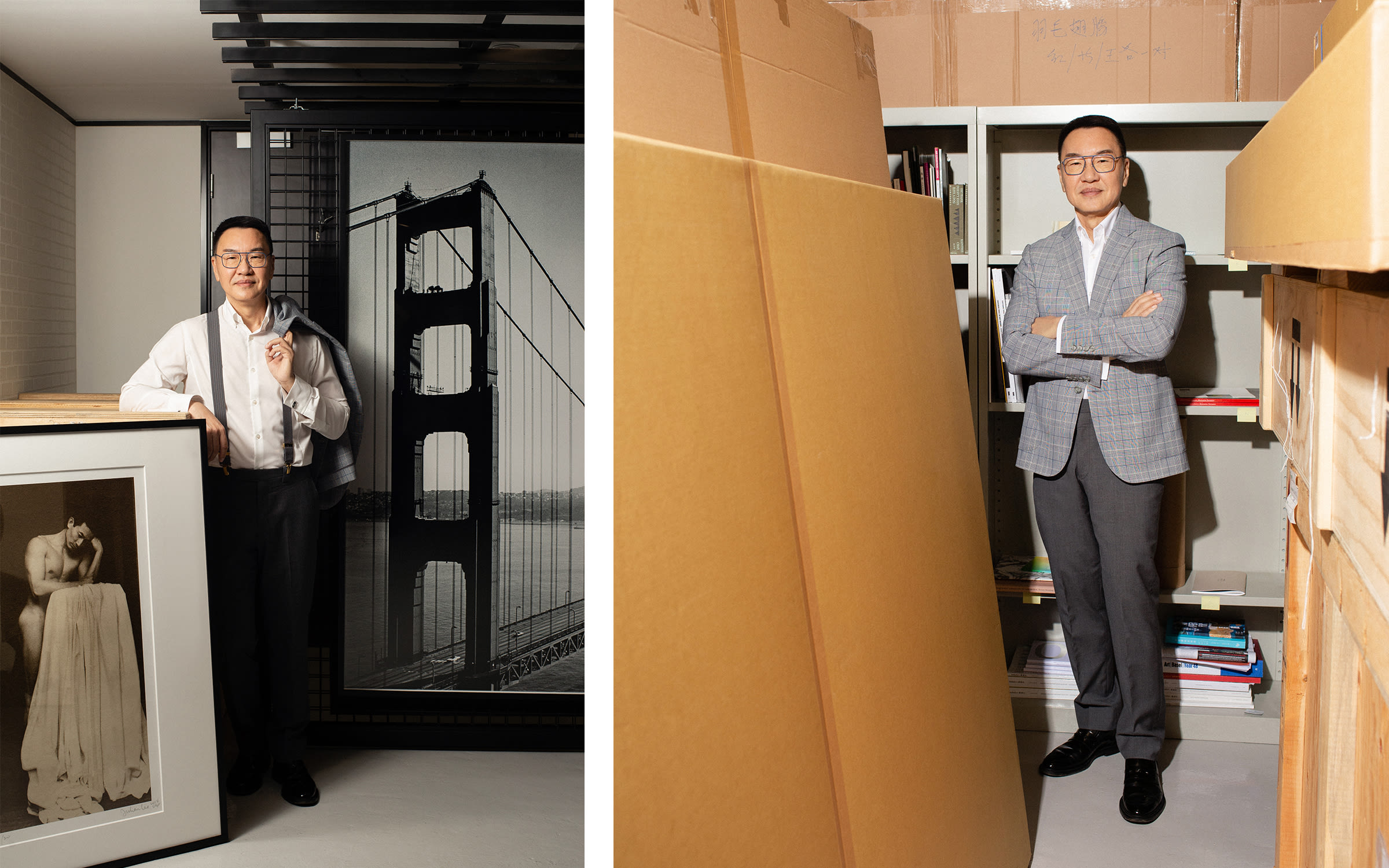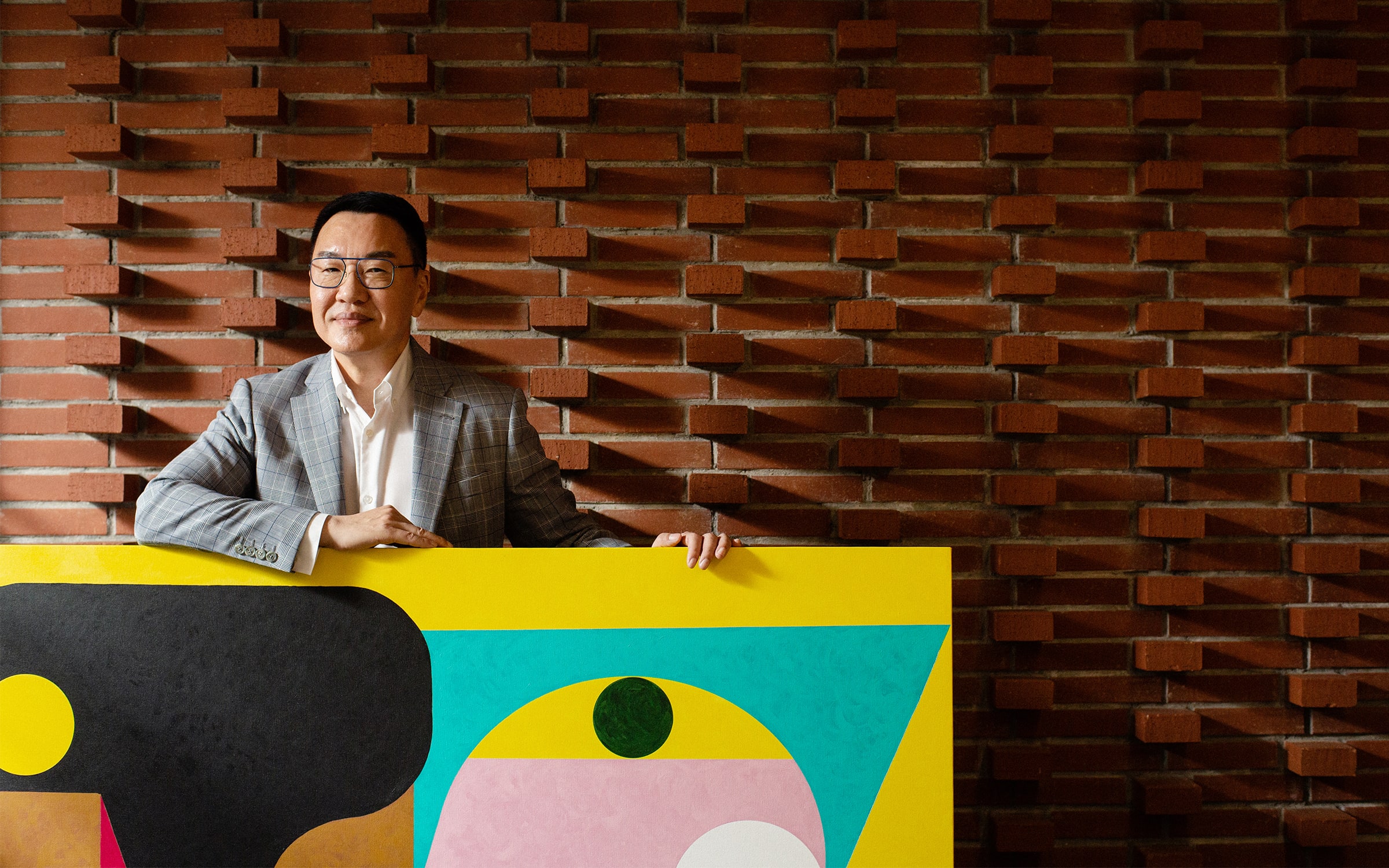Why I Collect: Patrick Sun
Meet the Hong Kong collector supporting queer Asian art with pride
Log in and subscribe to receive Art Basel Stories directly in your inbox.


Meet the Hong Kong collector supporting queer Asian art with pride
Log in and subscribe to receive Art Basel Stories directly in your inbox.

